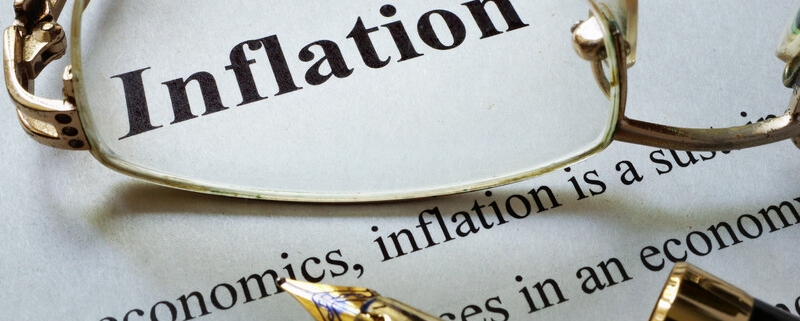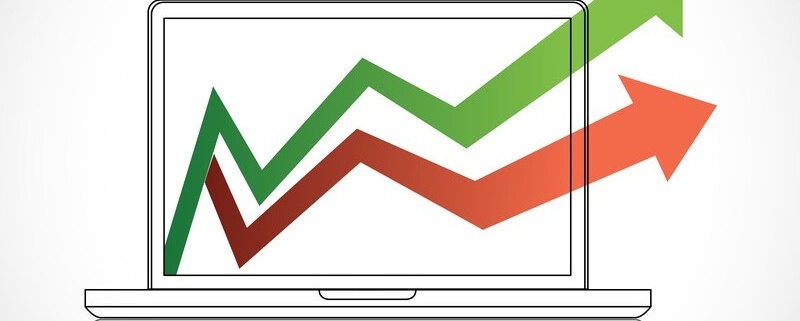The CRE industry is different than all other industries in that it is a transaction-based model. The lifeblood of the industry is dependent on sale, financing, and lease transactions. The more transactions there are, the more money the industry and everyone in it makes and the more successful the business. 2021 was a record year for transaction volumes and a phenomenal boom year for CRE.
The most successful companies and individuals in the industry are usually adept at selling, financing and/or leasing CRE property. However, in pursuing these transactions the same key mistakes are made over and over again which usually results in poor performance, the loss of equity in a property or the loss of the property in foreclosure. Below are the 15 biggest investing mistakes in CRE that are the root cause of bad deals, according to Joseph J. Ori, Executive Managing Director at Paramount Capital Corporation, a CRE Advisory Firm.
- Acquiring properties at low cap rates. Cap rates below 5.0% are not justified even if the investor believes that future rent increases, which may not happen, will make up for the low initial return. Buying CRE at sub-5.0% cap rates is like buying a tech stock at a 100-price-to-earnings ratio.
- Not diversifying a national portfolio by property type, location, and industry. Many national firms diversify a large fund by type and location but forget about industry diversification. If an investor buys only apartments and offices in Silicon Valley, 70% of the apartment tenants work in the tech industry and 70% of the office tenants are technology or related companies. If the tech industry retracts in a downturn, many of the apartment tenants may be laid off and unable to pay their rent or may move home or double up with roommates. This will negatively affect the apartment market. Many of the office tech firms may default on their leases or shrink their space requirements, which will negatively affect the office market.
- Not performing property level and financial due diligence on all properties in a portfolio acquisition. Many institutional investors that acquire large portfolios consisting of dozens or hundreds of properties do not do sufficient property-level due diligence. They only look at the larger and more valuable properties in the pool or hire inexperienced third-party firms to do the property-level due diligence.
- Acquiring properties with negative leverage. Negative leverage occurs when the cap rate is less than the mortgage constant, which means the cash-on-cash return will be lower than the cap rate, which is a “no-no” in CRE. Many firms acquire properties with negative leverage believing that future rent increases will more than make up for the low initial return.
- Using short-term floating rate debt without the protection of a swap or collar to finance a long-term real estate asset or portfolio. This is what has occurred during the last two years as the Fed abruptly raised the federal funds rate from 0.0% to 5.25%. Many CRE investors were caught flat-footed by the quick increase in interest rates from floating rate debt and no interest rate protection and are now scrambling to lower their financing costs and risk.
- In underwriting an acquisition, using a terminal cap rate that is less than the going-in cap rate. This is often done by the acquisition or other internal group within a large CRE firm to “juice up” the internal rate of return on the equity in a deal underwriting.
- Institutional investors who commit capital to sponsors who have inexperienced senior management teams. The senior management team should have gray hair and have been through at least the last two secular CRE downturns of 1987-1992 and 2007-2012. One of the most important drivers of success in CRE investment is having individuals on the team with significant and long-term experience and knowledge in all property types, markets, and economic recessions.
- Using overly optimistic rent projections in underwriting a deal. This often occurs when the acquisition or other internal group wants to make the deal look better and the deal to be developed or acquired.
- Not analyzing the sales volumes per square foot of retail tenants, a key metric when buying shopping centers. One of the most important metrics when buying shopping centers after the cap rate, is the sales per square foot of the anchor tenants. High sales per square foot means the center is in an A location, will remain fully leased and in high demand from tenants and shoppers.
- Using high leverage of more than 75%. One of the highest risks in CRE investment is using high leverage and this was one of the causes of the Great Recession from 2007 to 2012.
- Not giving senior-level employees an equity interest in the company, portfolio, or fund. This is what is known as the “golden handcuffs” in CRE. If you don’t take care of your key people, they will leave and become your competitors.
- Not incorporating the 15 risks of CRE in a real estate firm. The risks include cash flow, value, tenant, market, economic, interest rate, inflation, leasing, management, ownership, legal and title, construction, entitlement, liquidity, and refinancing into the firm’s investment strategy.
- Investing in property sectors like hotels and senior housing, which are more operating businesses than real estate deals, in which the investment firm has no experience. Hotels are typically 70% operating business, and 30% real estate deal and senior housing is 80% to 100% operating business and 0% to 20% real estate.
- Not obtaining the Kmart discount when acquiring a large portfolio of CRE assets. Whenever a large CRE portfolio trades it is typically made up of Class A queens, Class B pigs and average Class B deals, and the buyer needs a discount of at least a 1.0% higher cap rate for the risk of the Class C properties.
- Not checking the formulas in an XL underwriting workbook, as there is at least one formula error in every CRE underwriting worksheet. This is a common occurrence when preparing a complicated Excel underwriting workbook and firms should make sure that all formulas are rechecked by an independent party.
Source: GlobeSt.








